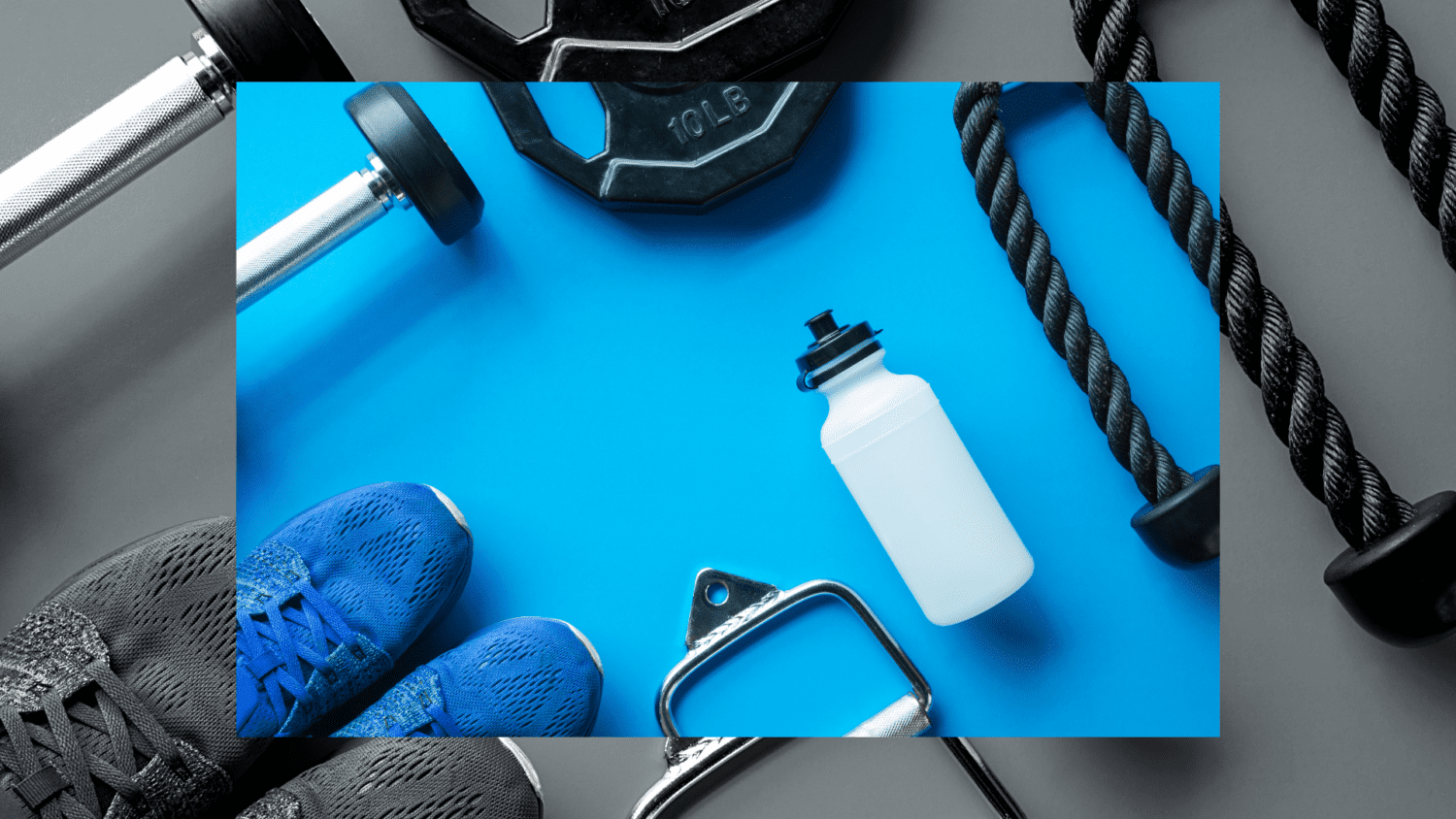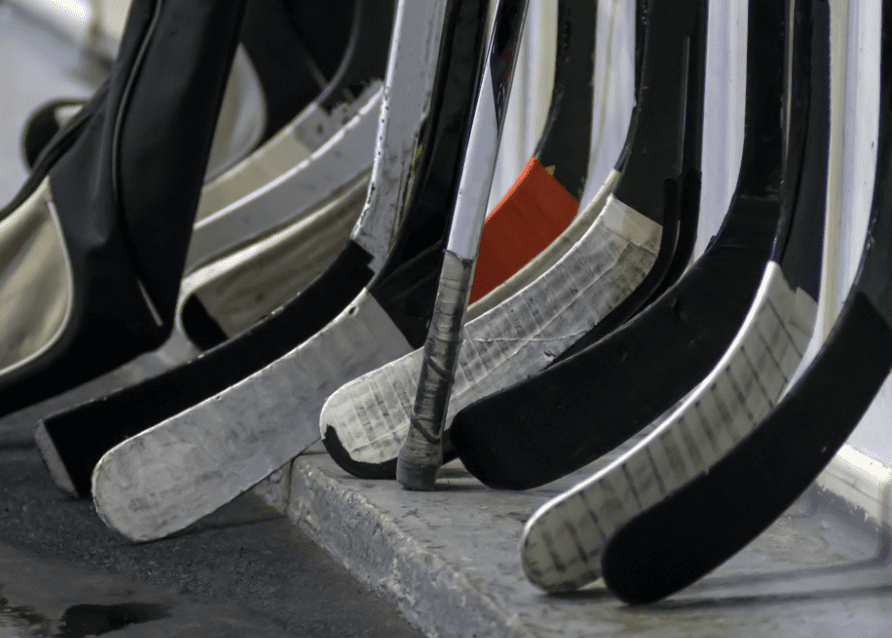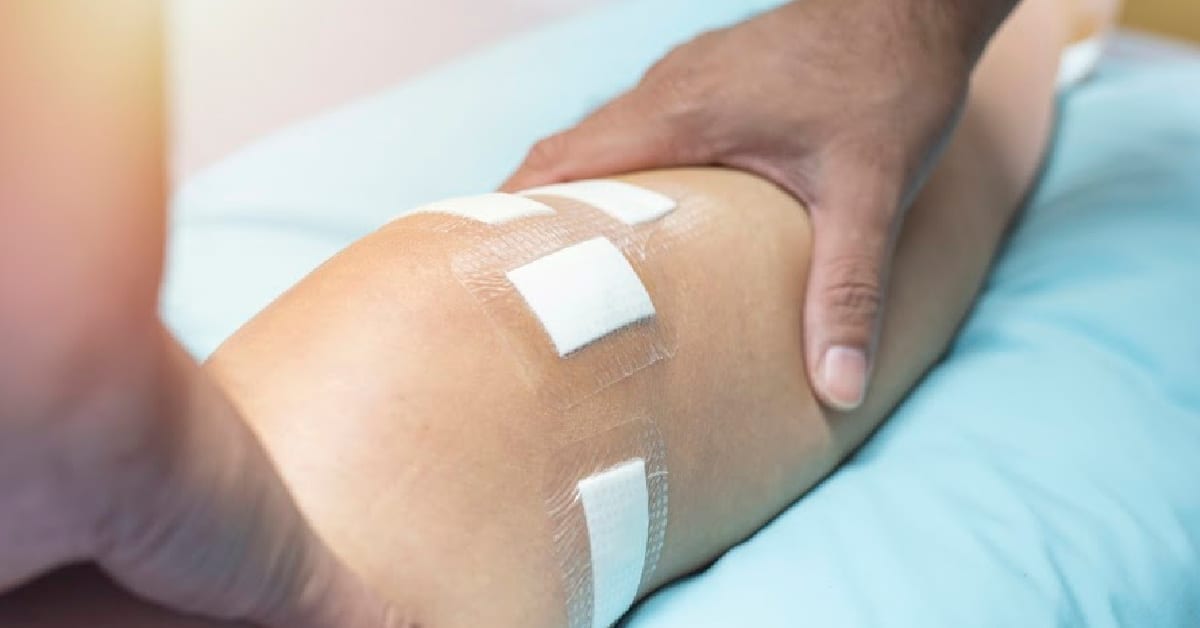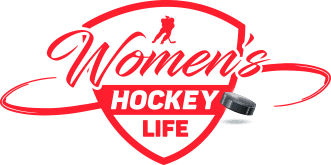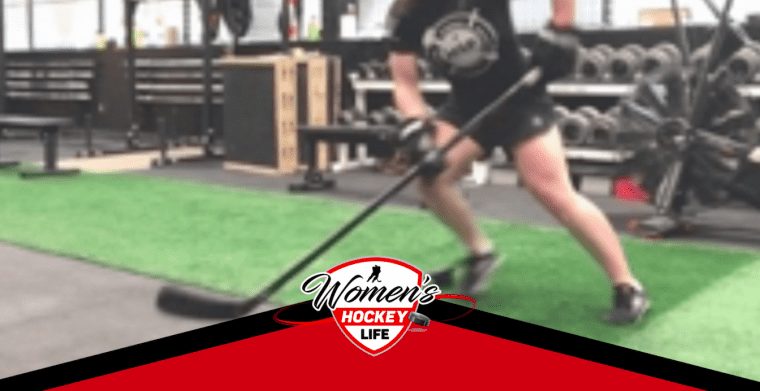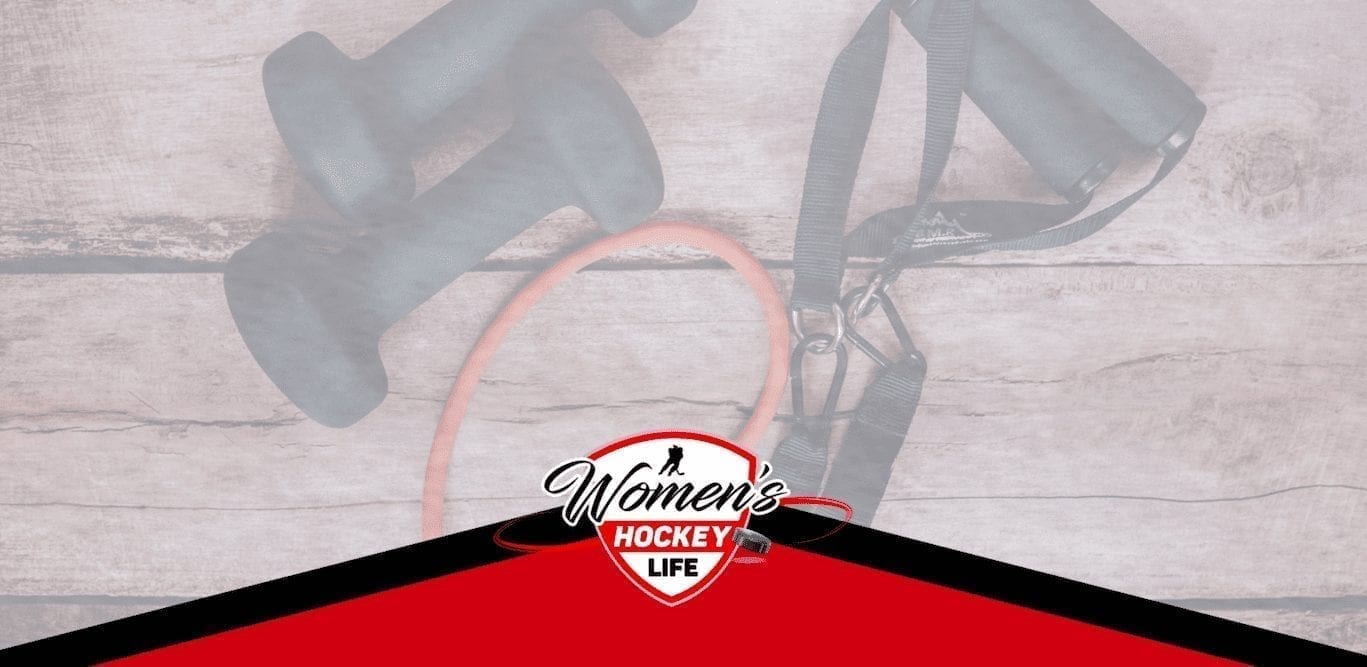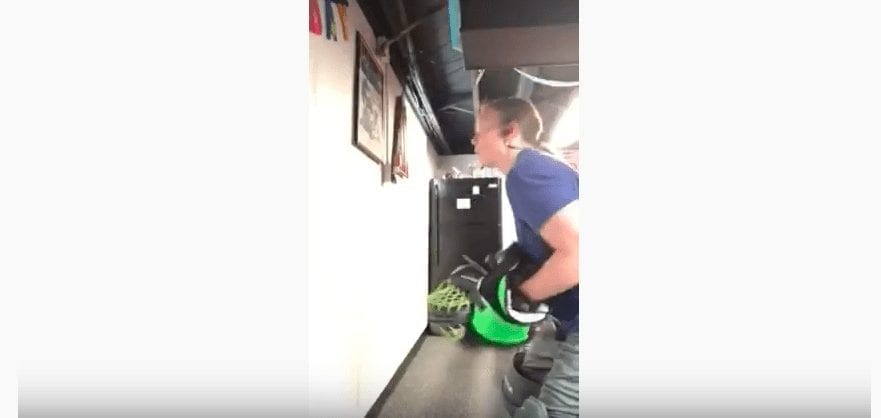Growing up, coaches and teachers spent a lot of time reviewing nutrition and workouts to help create a healthier individual. However, workouts tend to be from the neck down and the topic that includes the neck up are often overlooked. The neck up is an extremely important part of the body that needs to be addressed for many reasons. The way we breathe, our tongue function, and our ability to chew and speak affects our overall health and performance. The oral environment is the front door to our nutrition, oxygen, and airway and it’s important to protect and improve that environment.
I am a general dentist that focuses on the oral structure and its impact on the airway. It is estimated that about 22 million people in America suffer from sleep apnea and that is not even touching the number of Americans with sleep disordered breathing. The stereotype for sleep apnea has been that only overweight individuals are affected—although there is an increased risk for overweight individuals to have sleep apnea, many healthy and fit athletes have sleep apnea or some form of sleep disordered breathing. This is huge because sleep is one of the key components to healing and recovery. Research studies are showing that sleep disorders can lead to a whole host of health issues, including Alzheimer’s, dementia, ADHD, asthma, hormonal imbalance, depression, mood disorders, heart attack, and much more.
Here’s a TED talk on sleep:
My goal with this article is to spread some awareness of sleep disordered breathing and to additionally point out how to initially screen yourself followed by some exercises to start improving sleep quality.
Below is a list of some signs to help evaluate yourself for sleep disordered breathing. If you have one of these signs, it does not mean that you have sleep disordered breathing or sleep apnea, but I would recommend discussing with one of your healthcare professionals.
1. Snoring
- There are many sleep applications on smart phones now—one that you can download for free is SnoreLab and it will record your nightly snoring
2. Grinding (AKA Bruxism)
- May be due to your body attempting to bring your mandible and tongue forward out of the airway
3. Pitting/Enamel erosion of your teeth
- Can be a result of sleep related gastric reflux (GERD)
4. A retruded mandible
- You may have difficulty keeping your lips sealed. This structure can be reducing your airway volume.
5. Tongue-tie or low tongue posture
- You have difficulty lifting your tongue or keeping your tongue to the roof of your mouth. Your tongue could be constricting your airway.
6. Narrow arches or severe overbite and overjet
- You smile and you can’t really see more than your front six teeth. The way your bite comes together does not give your tongue sufficient space to stay out of the airway.
7. Scalloped tongue
- Stick your tongue out and see if there are ridges on the side of your tongue. Ridges on your tongue are another sign that your bite does not create sufficient space for your tongue.
8. Enlarged tonsils and/or long soft palate
- Stick your tongue out and see if you have enlarged tonsils and/or your soft palate or uvula hangs low where you cannot see your airway, possibly indicating a narrow pharyngeal airway
Now that you have been able to evaluate yourself for some sleep issues, here are some exercises and tips to help improve your sleep:
1. Avoid blue light before bed
- Don’t look at your laptop or phone 30 minutes before you go to sleep
2. Tongue exercises (Just like you work on weight lifting, the tongue also needs to be worked or it can become fatty and weak)
- Suction your full tongue to the roof of your mouth (Work up to 4 minutes a day)
- Wipe the outside of your teeth with your tongue without moving your lower jaw in both directions (10 times a day)
- Bilateral chewing—people have a tendency of favoring a chewing side, which can cause an imbalance in facial muscle development
3. Lip seal
- Make sure your lips are always together at rest
4. Humming and Nasal breathing
- Both of these activities increase nitric oxide, which is an important gas in the oxygen and carbon Dioxide exchange allowing the exchange to become more efficient
- I would recommend reading “Oxygen Advantage” by Patrick McKeown for tips to work on nasal breathing and how it can affect your athletic performance
5. Slight elevation of your pillow
6. Avoiding alcohol, smoking, and late meals
These are just some of many exercises and tips to help improve sleep. If you suspect you have sleep disorder breathing or sleep apnea, it would be best to have your physician send you for a sleep study. Once there’s a diagnosis of sleep apnea, there are a few different avenues that are available, ranging from different dental appliances to CPAP.
Read how this sleep diagnosis impacted NFL star Ryan Jensen’s life (https://abcnews.go.com/Health/nfl-star-ryan-jensen-sleep-apnea-diagnosis-saved/story?id=49688843).
References
1. Bronson, James. “Sleep Disorder Breathing: 9 Clinical Cranial Morphological Indicators for Dentists.”International Journal of Orthodontics: Volume 28, No.4. Winter 2017,
https://www.alfeducationalinstitute.com/Sleep%20Article.pdf
2. Oksenberg, A, and E Arons. “Sleep Bruxism Related to Obstructive Sleep Apnea: the Effect of Continuous Positive Airway Pressure.” Advances in Pediatrics., U.S. National Library of Medicine, Nov. 2002, www.ncbi.nlm.nih.gov/pubmed/14592147.
3. Ranjitkar, et al. “Gastroesophageal Reflux Disease and Tooth Erosion.” International Scholarly Research Notices, Hindawi, 12 Dec. 2011, www.hindawi.com/journals/ijd/2012/479850/.
If you have any questions from the article, you can comment below or follow me on twitter (@jbron_ohnn and @bronsondental)
– Dr. Julia Bronson
[adrotate group=”1″]
Related Articles
Categories
Recent Posts
[adrotate group=”2″]


